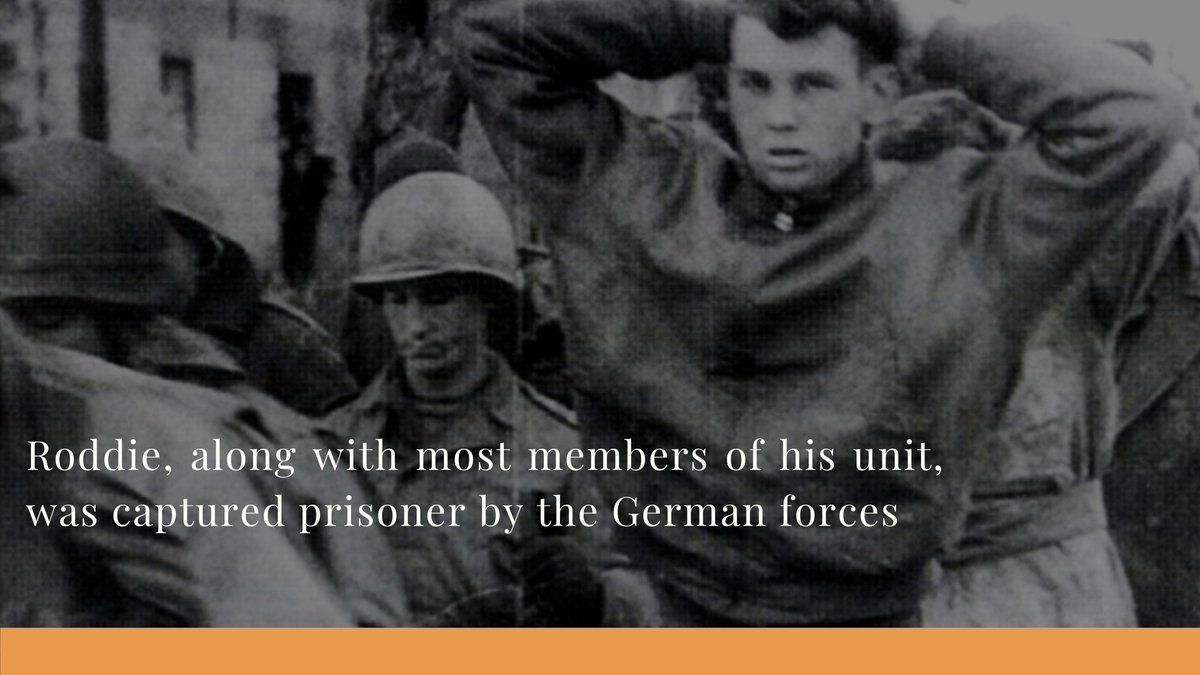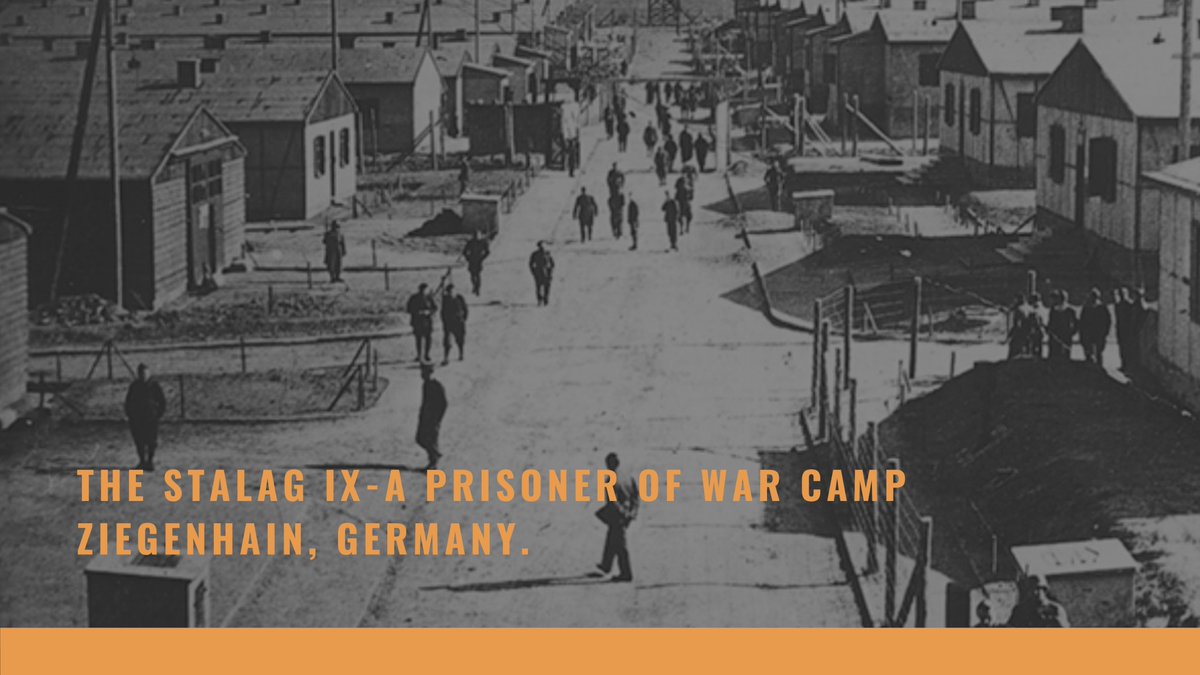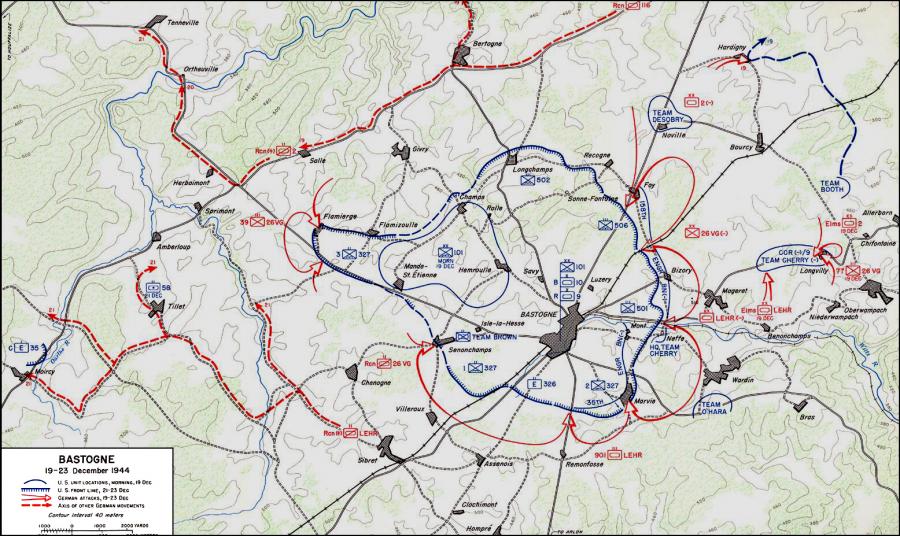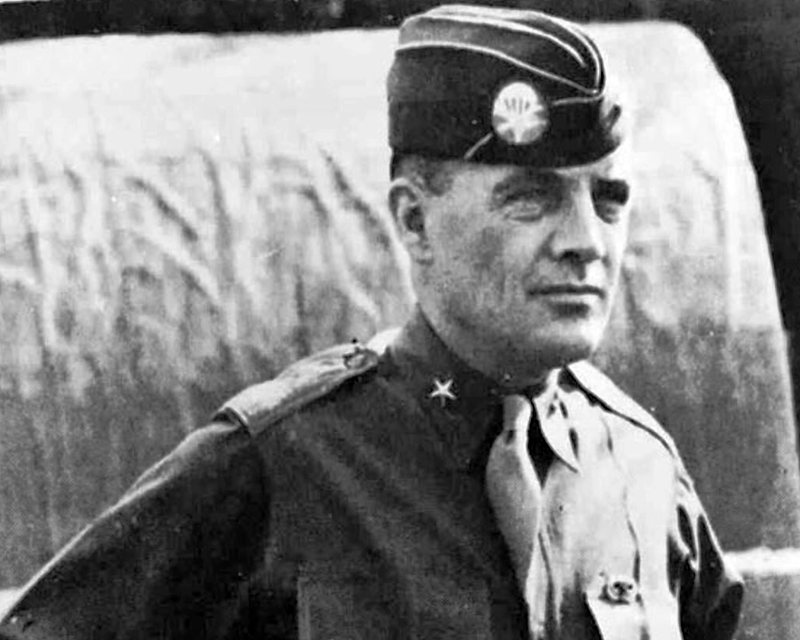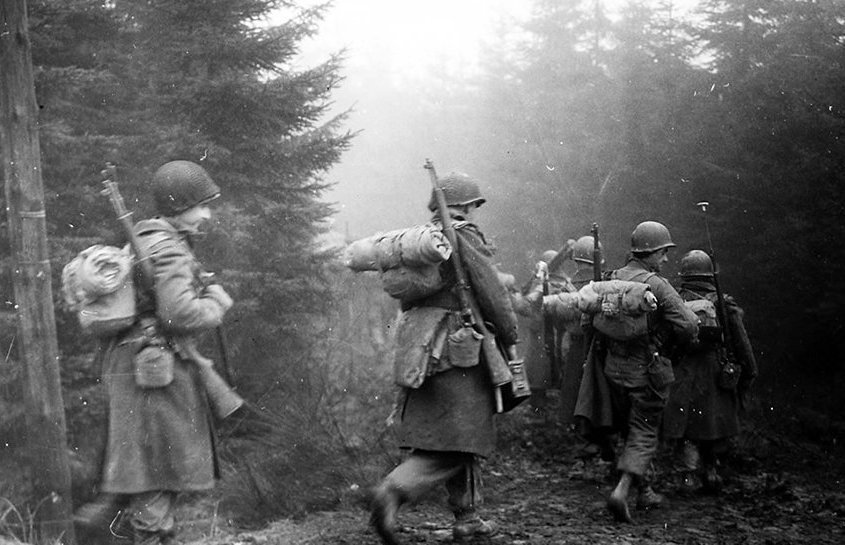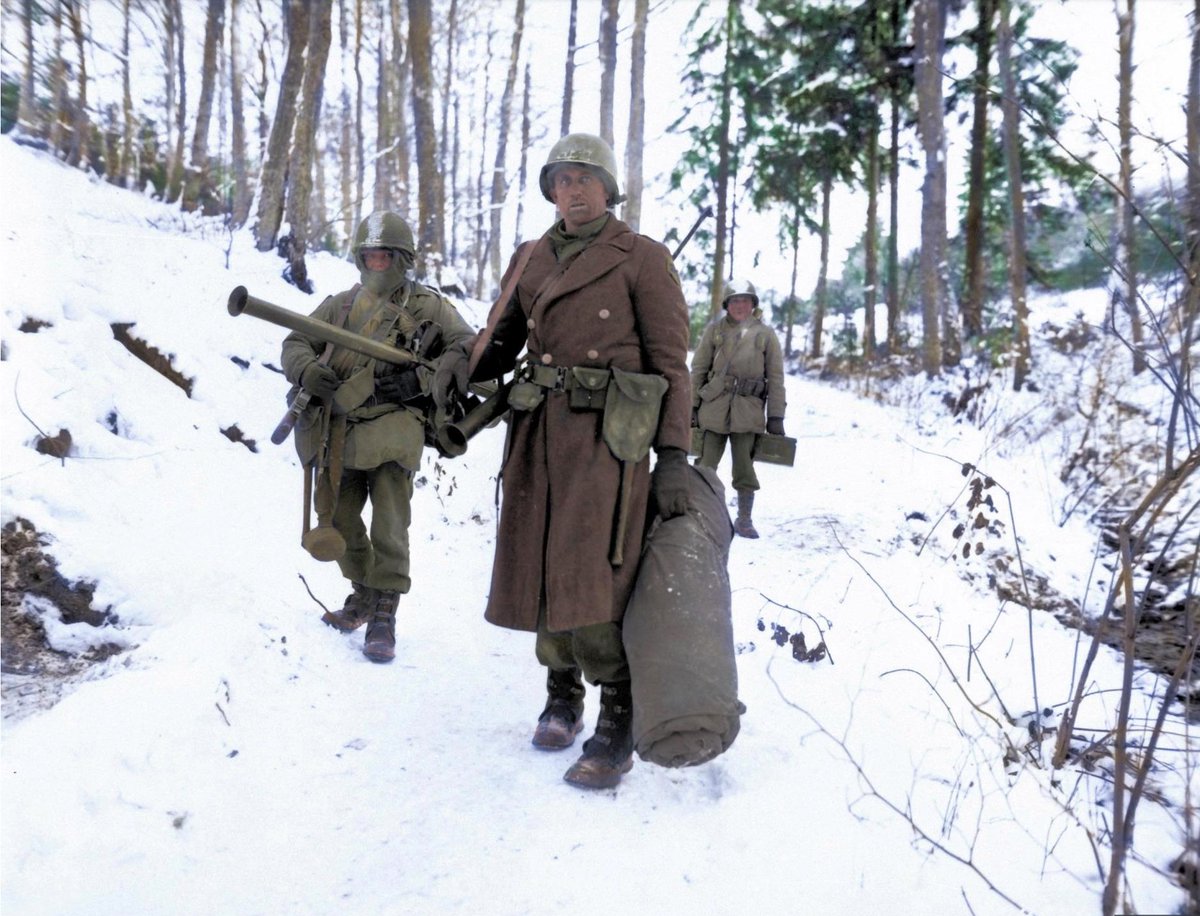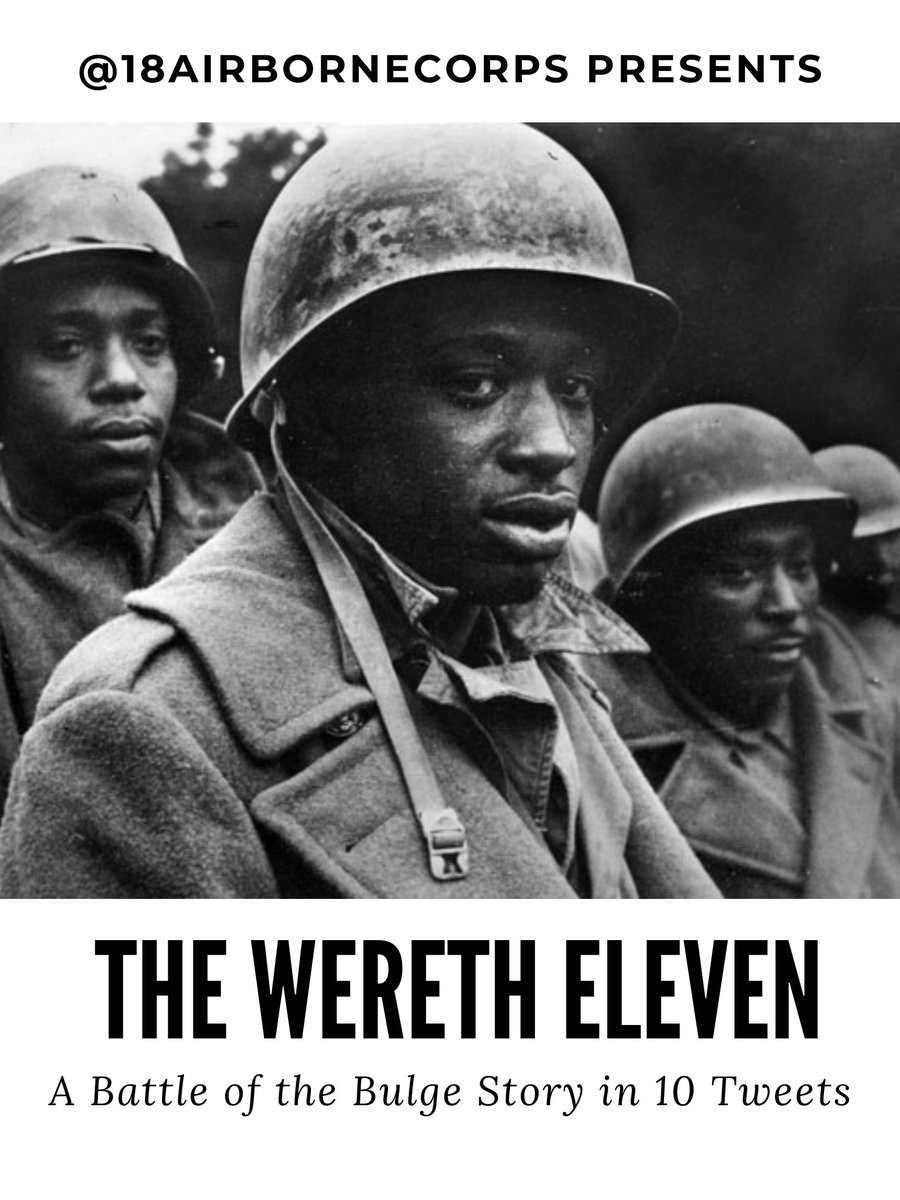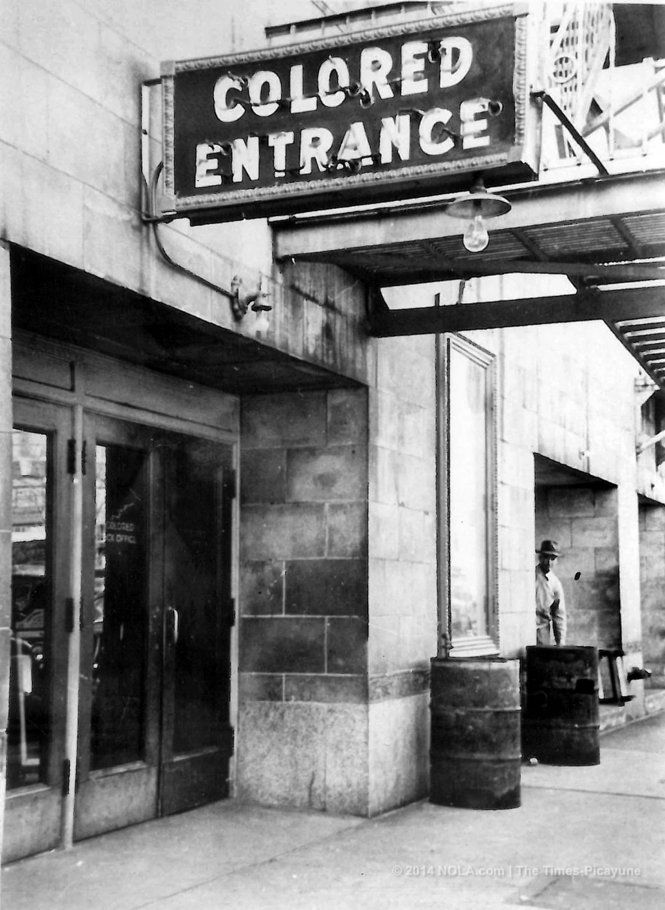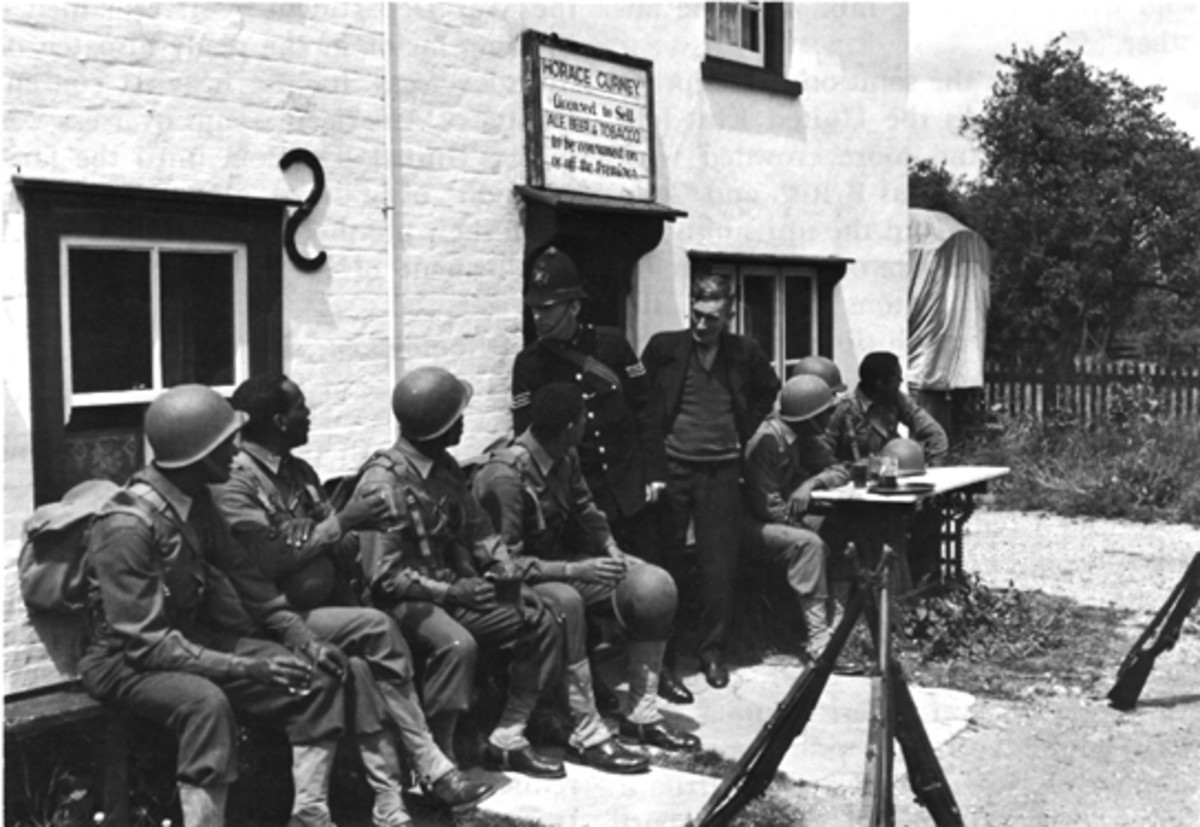
1 of 44
Let’s take a moment and catch up with this Battle of the Bulge series, shall we?
Let’s take a moment and catch up with this Battle of the Bulge series, shall we?
2 of 44
Planning for the German attack that would launch the Battle of the Bulge “officially” began in September 1944, and it’s a little interesting because Germany was not in a good place. They were losing friends left and right.
Planning for the German attack that would launch the Battle of the Bulge “officially” began in September 1944, and it’s a little interesting because Germany was not in a good place. They were losing friends left and right.
3 of 44
Japan had recently suggested to Hitler that he begin peace talks with the Soviets.
Japan had recently suggested to Hitler that he begin peace talks with the Soviets.
4 of 44
The Axis powers were pretty much finished; Italy wasn’t a problem anymore per se. There were a couple of German Armies on the Italian Front but let’s stay focused here.
The Axis powers were pretty much finished; Italy wasn’t a problem anymore per se. There were a couple of German Armies on the Italian Front but let’s stay focused here.
5 of 44
In August 1944, the Romanians and Bulgarians switched sides to join the Soviets, who were significantly more victorious than the Germans in that region. Finland also distanced itself from Germany.
In August 1944, the Romanians and Bulgarians switched sides to join the Soviets, who were significantly more victorious than the Germans in that region. Finland also distanced itself from Germany.
6 of 44
But none of these were as detrimental to the overall German fight as the losses Germany suffered itself.
But none of these were as detrimental to the overall German fight as the losses Germany suffered itself.
7 of 44
Just in June, July, and August of 1944, on combined Eastern and Western Fronts, the Germans lost 1.2 million soldiers (dead, wounded, or missing), and another 230,000 or so would soon surrender to the Americans who were rapidly advancing on them.
Just in June, July, and August of 1944, on combined Eastern and Western Fronts, the Germans lost 1.2 million soldiers (dead, wounded, or missing), and another 230,000 or so would soon surrender to the Americans who were rapidly advancing on them.
8 of 44
Lost resources were also significant. Oil from Romania, copper and nickel from Finland and Norway, iron ore from Sweden, and a host of other resources were all stripped from German control through military and political reverses during the summer of 1944.
Lost resources were also significant. Oil from Romania, copper and nickel from Finland and Norway, iron ore from Sweden, and a host of other resources were all stripped from German control through military and political reverses during the summer of 1944.
9 of 44
Due to ground lost in fighting the Soviets, the weakened German presence in the Balkans, and the loss of friends (Romania, Bulgaria etc), the Germans also had significantly less room to maneuver.
Due to ground lost in fighting the Soviets, the weakened German presence in the Balkans, and the loss of friends (Romania, Bulgaria etc), the Germans also had significantly less room to maneuver.
10 of 44
So planning a major attack on rapidly advancing Allied forces was probably not the best decision at this time.
So planning a major attack on rapidly advancing Allied forces was probably not the best decision at this time.
11 of 44
But Hitler didn’t see it that way. Hugh Cole explains that Hitler saw the rapid Allied advance decelerating, with long supply lines reaching all the way back to the English Channel and the Côte d'Azur, which essentially tethered the Allied forces.
But Hitler didn’t see it that way. Hugh Cole explains that Hitler saw the rapid Allied advance decelerating, with long supply lines reaching all the way back to the English Channel and the Côte d'Azur, which essentially tethered the Allied forces.
12 of 44
The “West Wall” was fortified and had not yet been engaged in major fighting, plus the Rhine River served as a historical moat separating Germany from its enemies.
The “West Wall” was fortified and had not yet been engaged in major fighting, plus the Rhine River served as a historical moat separating Germany from its enemies.
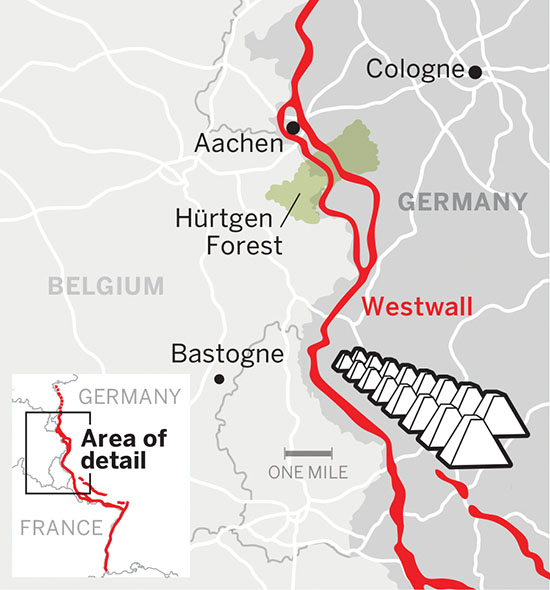
13 of 44
On the Eastern Front, as the seasons began to turn, the fighting would slow again. The Soviet summer offensive had apparently run its course, and although fighting continued it did seem to be relatively calmer.
On the Eastern Front, as the seasons began to turn, the fighting would slow again. The Soviet summer offensive had apparently run its course, and although fighting continued it did seem to be relatively calmer.
14 of 44
The Allies had fairly overwhelming air power capabilities but had been fairly underwhelming in their actual efficacy.
The Allies had fairly overwhelming air power capabilities but had been fairly underwhelming in their actual efficacy.
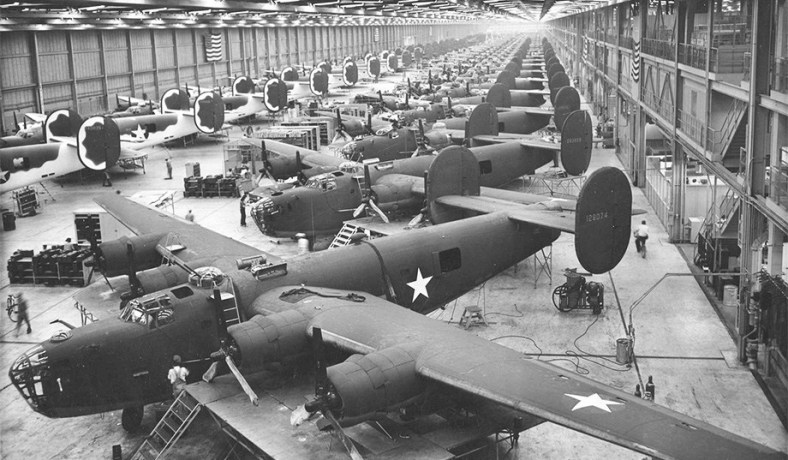
15 of 44
As Cole notes, “In September, the British and Americans could mount a daily bomber attack of over 5,000 planes, but the German will to resist and the means of resistance, so far as then could be measured, remained quite sufficient for a continuation of the war.”
As Cole notes, “In September, the British and Americans could mount a daily bomber attack of over 5,000 planes, but the German will to resist and the means of resistance, so far as then could be measured, remained quite sufficient for a continuation of the war.”
16 of 44
Moreover, the German rail system had been largely unaffected by the Allied bombings. In August 1944, they had a high of 899,091 cars run in a single week.
Moreover, the German rail system had been largely unaffected by the Allied bombings. In August 1944, they had a high of 899,091 cars run in a single week.
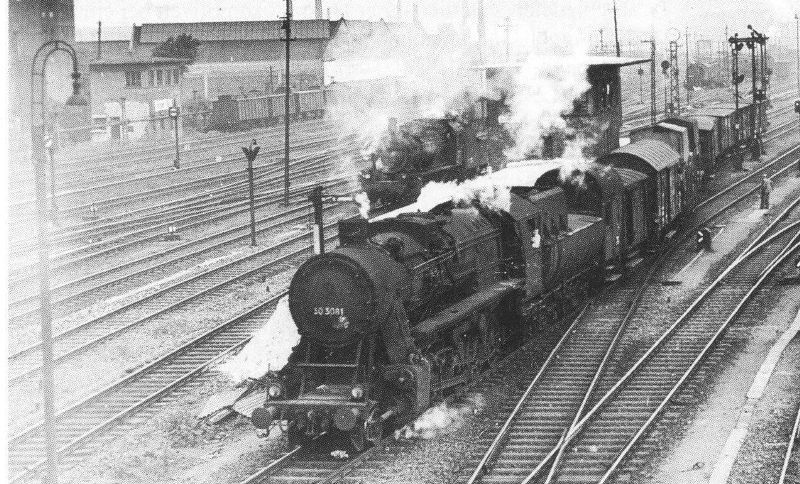
17 of 44
So, in September of 1944, Hitler had little reason to doubt the German Army’s ability to successfully transport resources (supplies and troops) to support a major counteroffensive, even in the face of a potential “coordinated and systematic air attack”.
So, in September of 1944, Hitler had little reason to doubt the German Army’s ability to successfully transport resources (supplies and troops) to support a major counteroffensive, even in the face of a potential “coordinated and systematic air attack”.
18 of 44
Hitler’s people, without having a way of effectively predicting future damage the Allies would cause, had basically assured him that the Germans had enough war stocks to last through the following year (1945).
Hitler’s people, without having a way of effectively predicting future damage the Allies would cause, had basically assured him that the Germans had enough war stocks to last through the following year (1945).
19 of 44
“Hitler’s optimism and miscalculation… resulted in the belief that Germany had the material means to launch and maintain a great counteroffensive, a belief nurtured by many of his trusted aides.”
“Hitler’s optimism and miscalculation… resulted in the belief that Germany had the material means to launch and maintain a great counteroffensive, a belief nurtured by many of his trusted aides.”
20 of 44
Miscalculations by the Allies as to the level of destruction their bombers were causing contributed to Allied optimism and made it difficult for commanders & intel agencies “to believe or perceive that Germany still retained the material muscle for a mighty blow.”
Miscalculations by the Allies as to the level of destruction their bombers were causing contributed to Allied optimism and made it difficult for commanders & intel agencies “to believe or perceive that Germany still retained the material muscle for a mighty blow.”
21 of 44
The Ardennes counteroffensive plan was conceived by Hitler. It is believed he tried channeling his inner Frederick II for inspiration, and in that spirit, Cole explains, he knew 3 things for sure:
The Ardennes counteroffensive plan was conceived by Hitler. It is believed he tried channeling his inner Frederick II for inspiration, and in that spirit, Cole explains, he knew 3 things for sure:
22 of 44
1) “Victory on the battlefield, and not defeat, was the necessary preliminary to successful diplomatic negotiations and a peace settlement”
1) “Victory on the battlefield, and not defeat, was the necessary preliminary to successful diplomatic negotiations and a peace settlement”
23 of 44
2) “The enemy coalition had failed to present a solid front when single members had suffered defeat”
2) “The enemy coalition had failed to present a solid front when single members had suffered defeat”
24 of 44
3) “Prussia had held on until, as Hitler paraphrased Frederick’s own words, ‘one of [the] damned enemies gets too tired to fight any more.’”
3) “Prussia had held on until, as Hitler paraphrased Frederick’s own words, ‘one of [the] damned enemies gets too tired to fight any more.’”
25 of 44
Hitler first announced the plans for the Ardennes counteroffensive in a meeting on 16 September 1944, but he had been ruminating on the matter for weeks. It’s hard to know for sure because so much of it took place in his head.
Hitler first announced the plans for the Ardennes counteroffensive in a meeting on 16 September 1944, but he had been ruminating on the matter for weeks. It’s hard to know for sure because so much of it took place in his head.
26 of 44
Why the Ardennes?
“The major reason for Hitler’s selection of the Ardennes were stated by himself, although never in a single tabulation on a single occasion nor without any ordering of importance:
Why the Ardennes?
“The major reason for Hitler’s selection of the Ardennes were stated by himself, although never in a single tabulation on a single occasion nor without any ordering of importance:
27 of 44
The enemy front in the Ardennes sector was very thinly manned.
The enemy front in the Ardennes sector was very thinly manned.
28 of 44
A blow here would strike the seam between the British and Americans and lead to political as well as military disharmony between the Allies.
A blow here would strike the seam between the British and Americans and lead to political as well as military disharmony between the Allies.
29 of 44
An entrance along this seam would also isolate the British 21 Army Group and allow the encirclement and destruction of the British and Canadians before the American leadership could react.
An entrance along this seam would also isolate the British 21 Army Group and allow the encirclement and destruction of the British and Canadians before the American leadership could react.
30 of 44
The distance from the jump-off line to a solid strategic objective (Antwerp) was not too great and could be covered quickly, even in bad weather.
The distance from the jump-off line to a solid strategic objective (Antwerp) was not too great and could be covered quickly, even in bad weather.
31 of 44
The configuration of the Ardennes area was such that the ground for maneuver was limited and so would require the use of relatively few divisions.
The configuration of the Ardennes area was such that the ground for maneuver was limited and so would require the use of relatively few divisions.

32 of 44
The terrain to the east of the breakthrough sector selected was very heavily wooded and offered cover against Allied air observation and attack during the build-up for the assault.

The terrain to the east of the breakthrough sector selected was very heavily wooded and offered cover against Allied air observation and attack during the build-up for the assault.
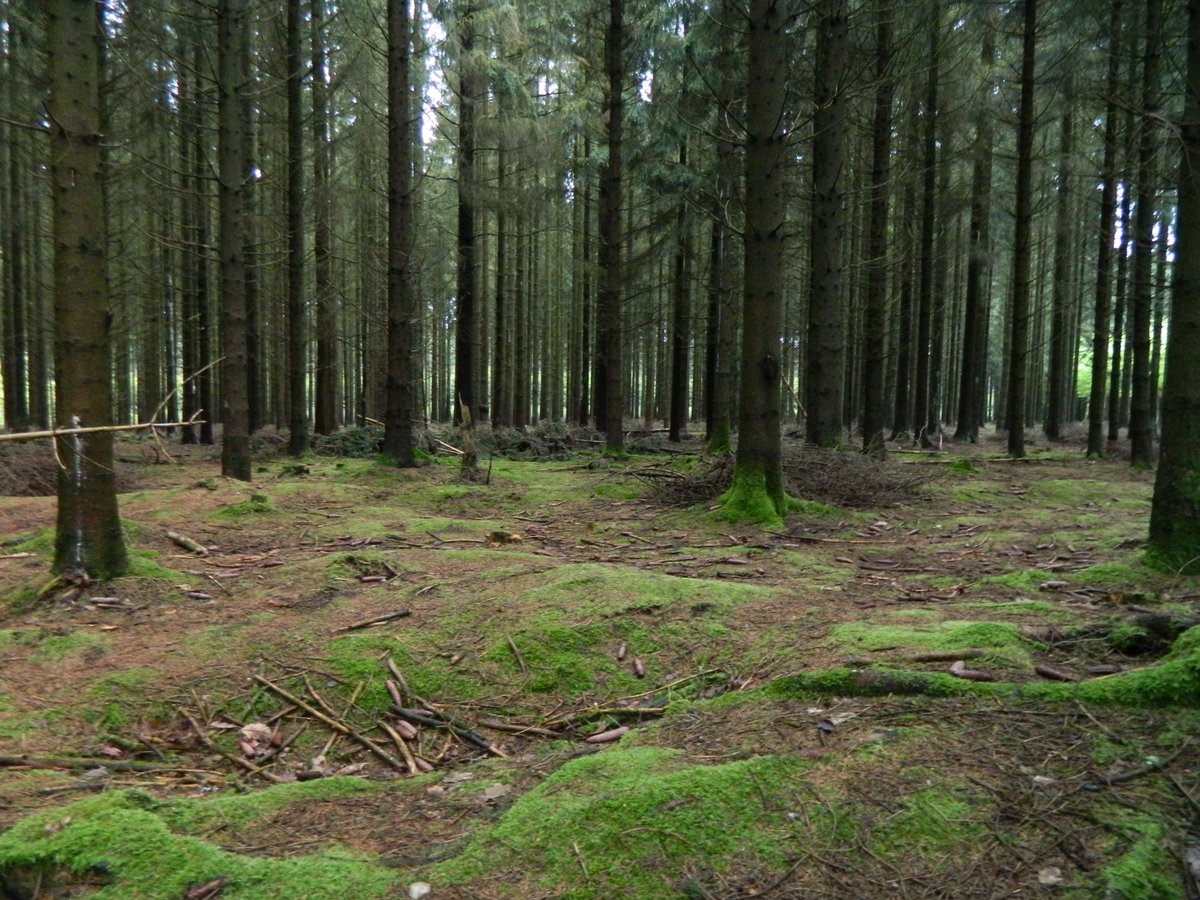

33 of 44
An attack to regain the initiative in this particular area would erase the enemy ground threat to the Ruhr."
An attack to regain the initiative in this particular area would erase the enemy ground threat to the Ruhr."
34 of 44
So there were multiple goals in his plan here. The military objective was to take Antwerp and to cut off Allied troops to the north. There were political goals too – cause division among the Allies and effectively destroy the Allied coalition.
So there were multiple goals in his plan here. The military objective was to take Antwerp and to cut off Allied troops to the north. There were political goals too – cause division among the Allies and effectively destroy the Allied coalition.
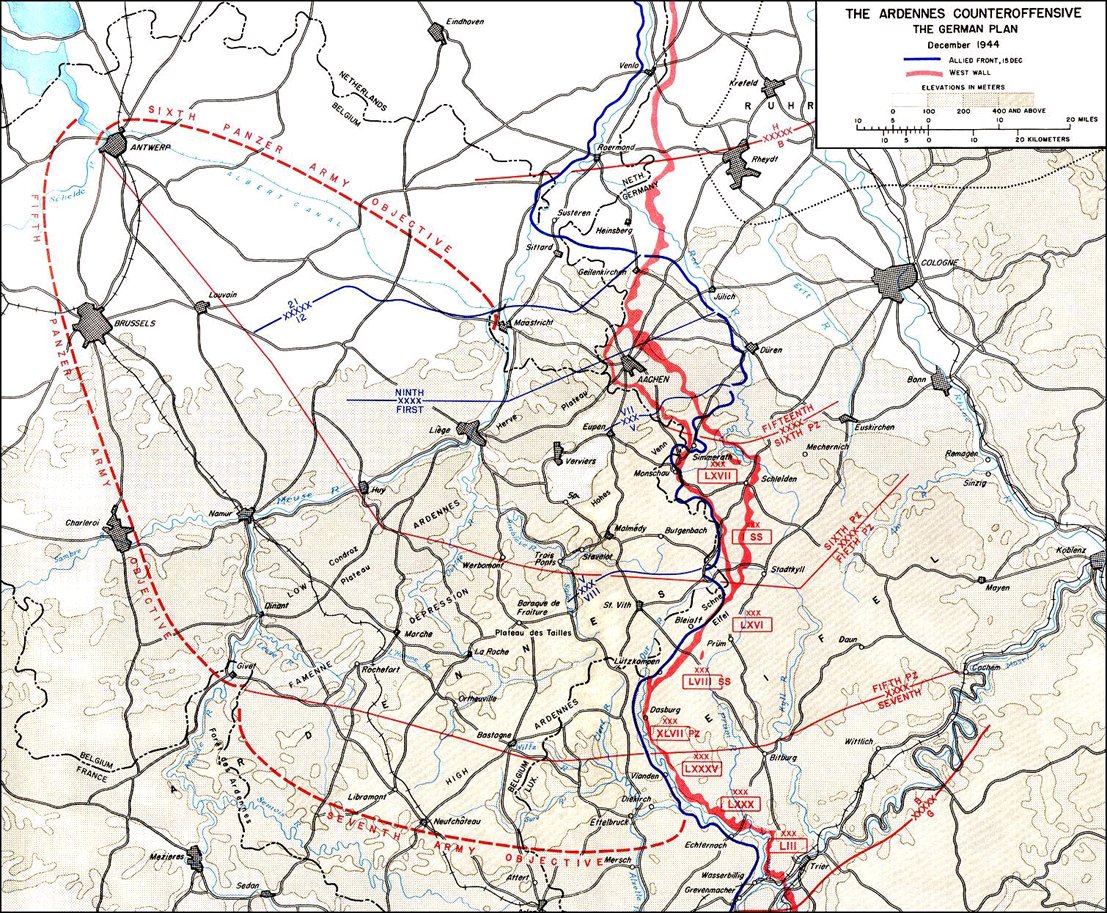
35 of 44
The Ardennes Forest is very dense. There were very few roads through the forest and those available were quite small so traffic jams would ultimately be a problem for both sides, but we’ll come back to that.
The Ardennes Forest is very dense. There were very few roads through the forest and those available were quite small so traffic jams would ultimately be a problem for both sides, but we’ll come back to that.
36 of 44
Also, the weather was good for the plan because at this time of year there is a fog and mist that obscures ground visibility.
Also, the weather was good for the plan because at this time of year there is a fog and mist that obscures ground visibility.
37 of 44
Actually, the Battle of the Bulge started with German attacks on 16 December as part of Operation Wacht am Rhein (Hitler’s Ardennes counteroffensive plan aimed at taking Antwerp) and the Herbstnebel Plan. Herbstnebel means “Autumn mist”.
Actually, the Battle of the Bulge started with German attacks on 16 December as part of Operation Wacht am Rhein (Hitler’s Ardennes counteroffensive plan aimed at taking Antwerp) and the Herbstnebel Plan. Herbstnebel means “Autumn mist”.
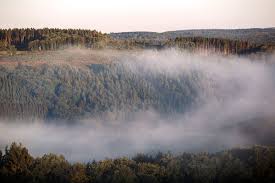
38 of 44
After some tweaking, the plan ultimately had the German Sixth Panzer Army leading the main effort. The Fifth Panzer Army would hit the center of the American lines and swiftly take St. Vith, then push on and capture Brussels.
After some tweaking, the plan ultimately had the German Sixth Panzer Army leading the main effort. The Fifth Panzer Army would hit the center of the American lines and swiftly take St. Vith, then push on and capture Brussels.
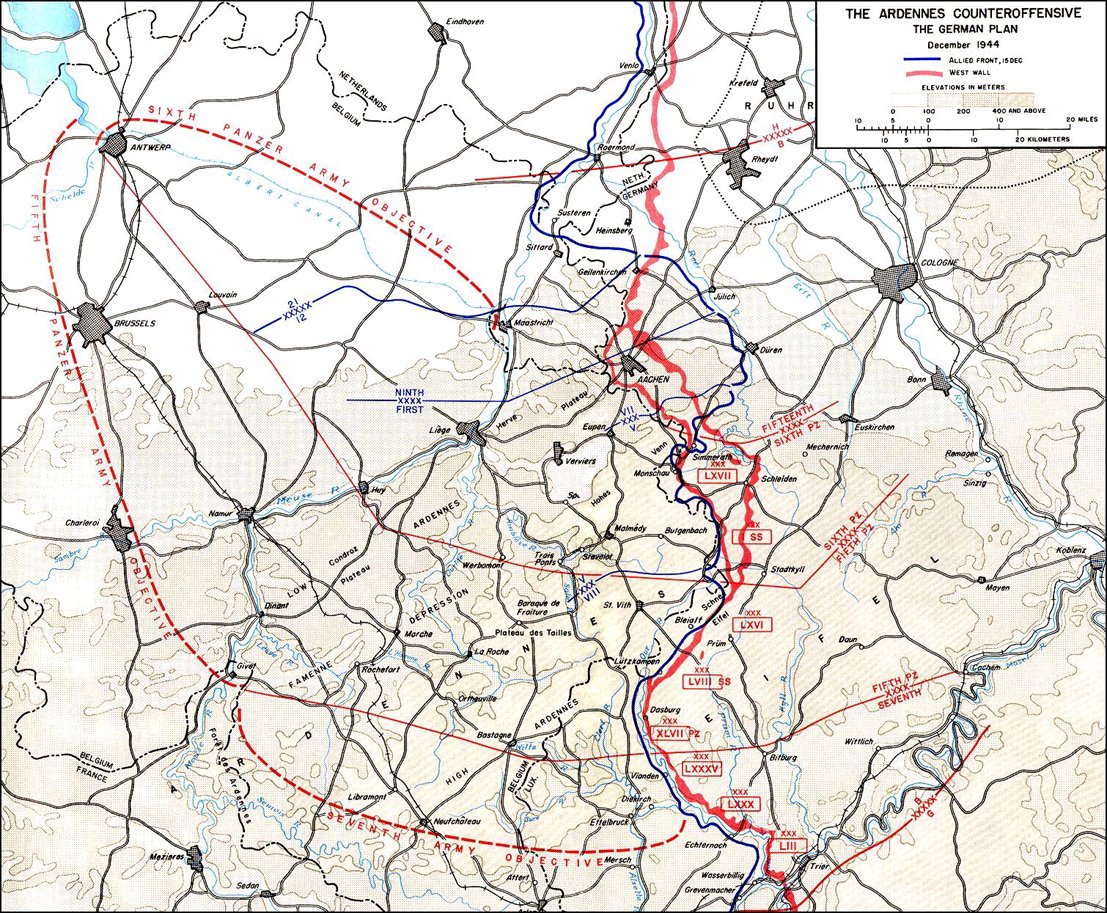
39 of 44
The Seventh Army would move west and then turn to form a defensive line, creating a buffer zone to prevent American reinforcements from reaching the Fifth Panzer Army.
The Seventh Army would move west and then turn to form a defensive line, creating a buffer zone to prevent American reinforcements from reaching the Fifth Panzer Army.
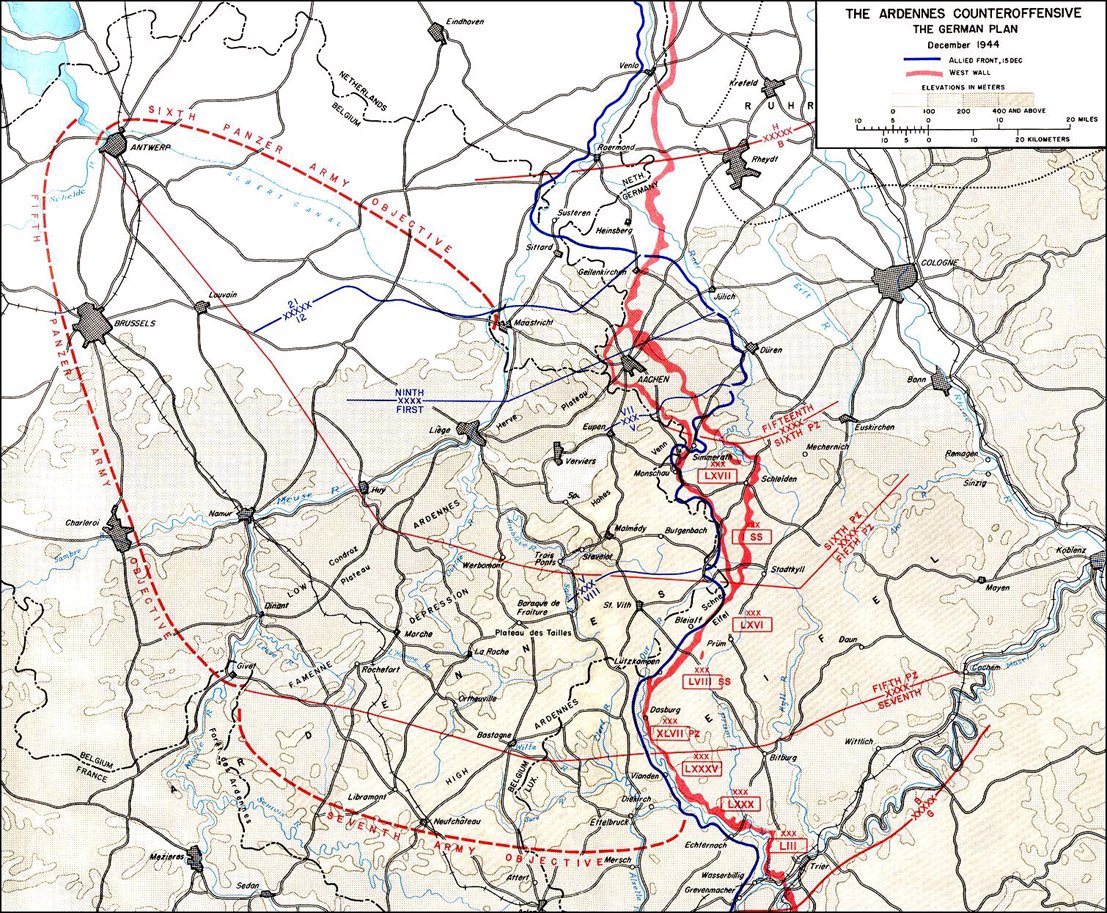
40 of 44
Except for St. Vith, which was of strategic importance due to the major rail & road junctions, all towns were to be bypassed in an effort to prevent the German counteroffensive from slowing down. Rear Infantry units were tasked with clearing the bypassed towns.
Except for St. Vith, which was of strategic importance due to the major rail & road junctions, all towns were to be bypassed in an effort to prevent the German counteroffensive from slowing down. Rear Infantry units were tasked with clearing the bypassed towns.
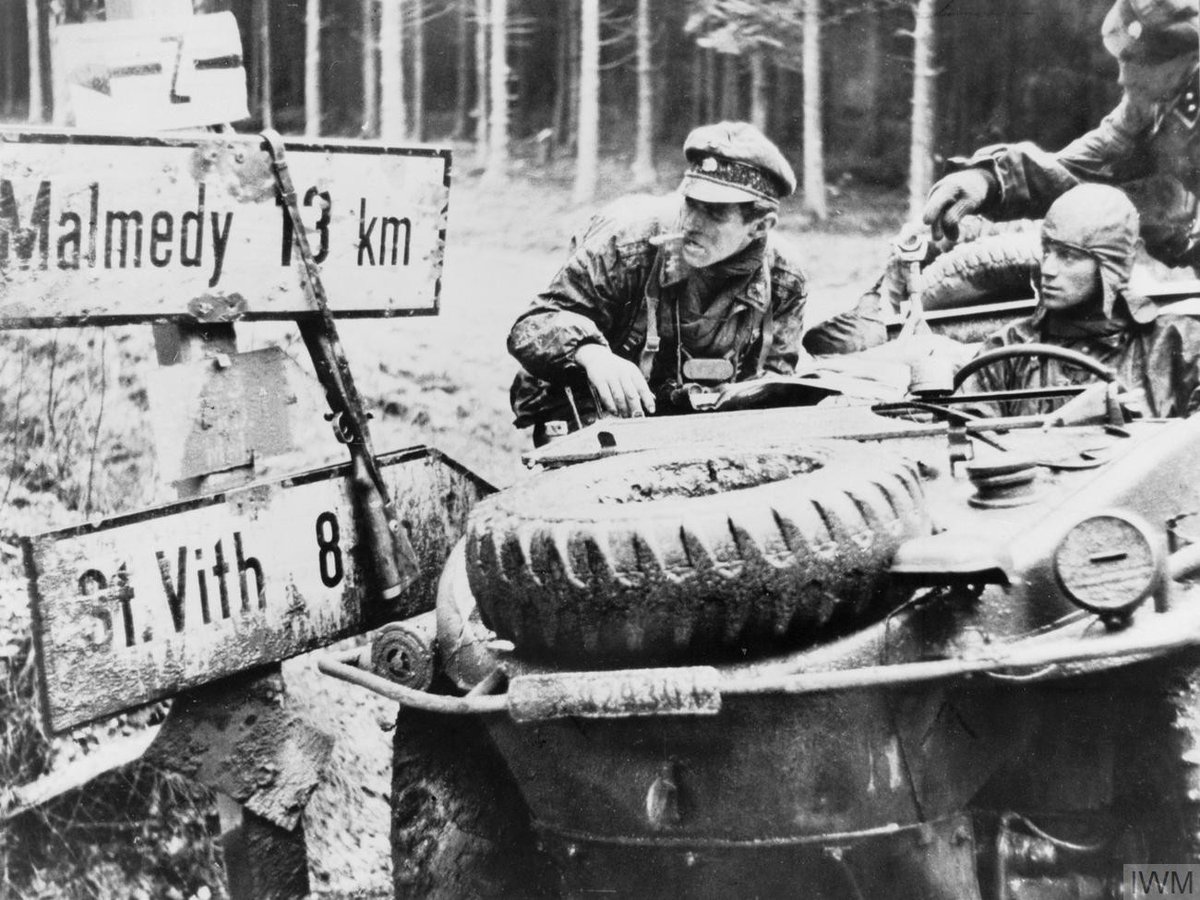
41 of 44
When asked about the Battle of the Bulge, many folks associate this with Bastogne, but, as Cole points out, this ignores the actual military keys to defeating the Germans.
When asked about the Battle of the Bulge, many folks associate this with Bastogne, but, as Cole points out, this ignores the actual military keys to defeating the Germans.
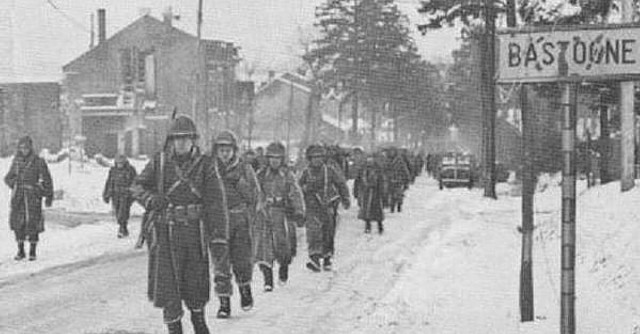
42 of 44
St. Vith was the most important initial objective of the German counteroffensive in the Ardennes in 1944. It had the only railroad on the entire front that crossed from Germany to Belgium.
St. Vith was the most important initial objective of the German counteroffensive in the Ardennes in 1944. It had the only railroad on the entire front that crossed from Germany to Belgium.
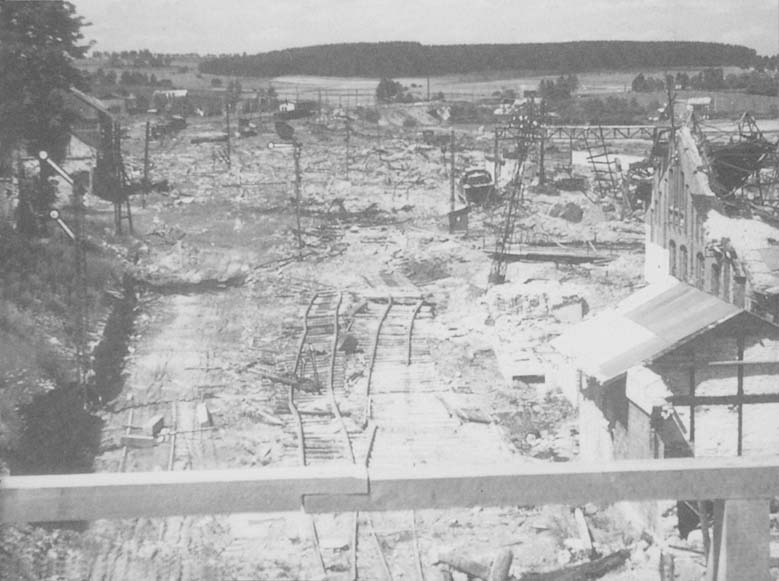
43 of 44
The Germans would need St. Vith if they were to supply their forces for the remainder of the attack.
The Germans would need St. Vith if they were to supply their forces for the remainder of the attack.
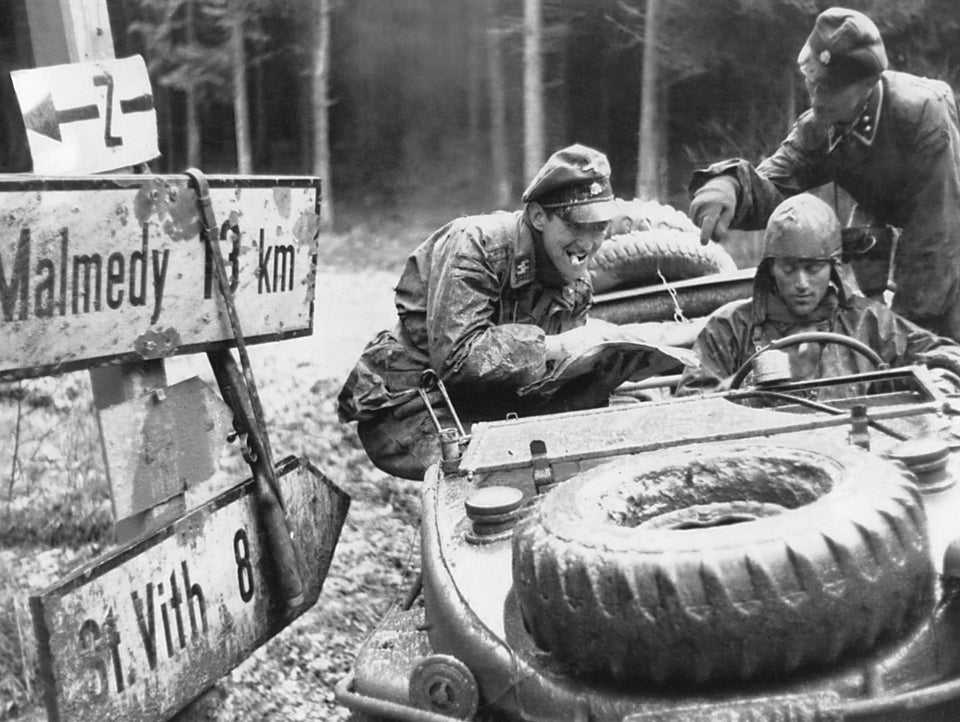
44 of 44
If everything went according to Hitler’s plan, the Germans would control St. Vith by 18:00 (6pm) on 17 December 1944. But things did not go according to Hitler’s plan.
If everything went according to Hitler’s plan, the Germans would control St. Vith by 18:00 (6pm) on 17 December 1944. But things did not go according to Hitler’s plan.
• • •
Missing some Tweet in this thread? You can try to
force a refresh


